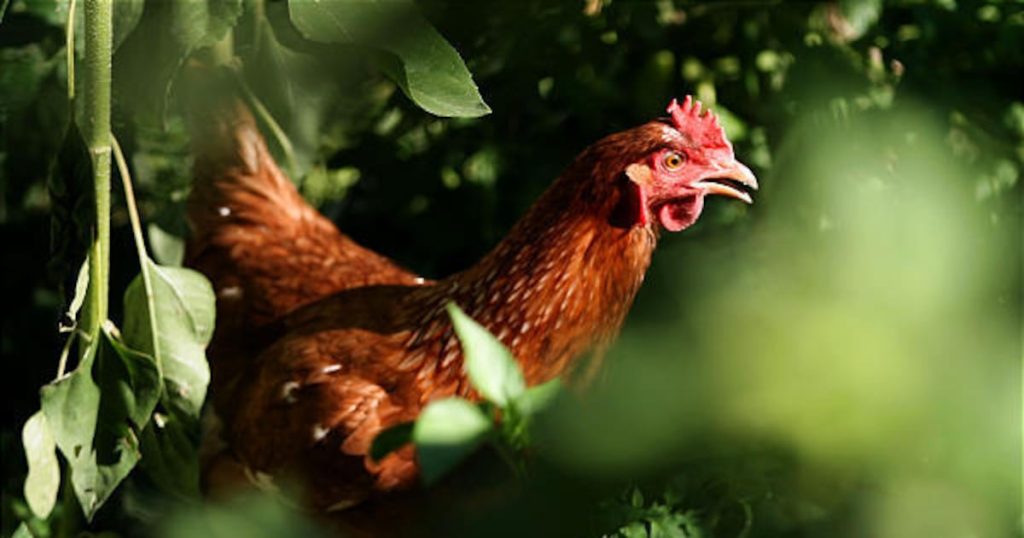People are flocking to backyard chickens: Protect them from bird flu – Deseret News

As the popularity of keeping backyard and urban chicken flocks grows, health and agriculture experts warn that bird flu can pose a risk to your feathered friends — and by extension, a small risk to you, as well.Estimates vary on how many people have backyard chickens. But the number, regardless of who does the count, is significant. In 2023, an American Pet Products Association’s pet ownership survey suggested about 13% of households have backyard chickens. That’s especially popular among millennials and Gen Z.Baltimore Magazine put the number at close to 12 million people in the U.S. with backyard chickens.Health and agriculture officials say there are steps you can take to improve the odds your flock stays healthy.Highly pathogenic avian influenza has been confirmed throughout the U.S. in recent years, including in some backyard flocks. As the name suggests, the H5N1 bird flu circulating is very contagious.Many wild birds are infected with bird flu. And that’s the most common way that other animals become infected. They encounter, play with or eat infected wild birds.The Centers for Disease Control and Preventions reports that the incidence of backyard flocks infecting their human owners is pretty rare, but it does happen, usually through direct contact. People handle their birds, then touch their own eyes, nose or mouth, which are the entry points for infection. They can also inhale droplets without touching the birds. The health agency notes that infected birds that can be contagious may look healthy.People can also become infected from touching contaminated surfaces. By flapping their wings, scratching or shaking their heads, the birds can send droplets that can be inhaled or land on something that can be touched.The CDC emphasizes that “no human bird infections have been reported from proper handling of poultry meat or from eating properly cooked poultry or poultry products.”Flocks that are infected may die suddenly. Or the poultry can have low energy, lack of appetite, purple discoloration, less egg production, ill-formed eggs, nasal discharge or coughing, lack of coordination and diarrhea, per the American Veterinary Medical Association.CDC’s guide for backyard flock owners offers a number of suggestions to minimize risk:You should remove the personal protective equipment in this order: First, clean and disinfect the boots, then take them off. Take off and throw away the coveralls, then do the same with the gloves. Wash your hands with soap and water. Next, take off the goggles, head cover and mask. If the goggles are reusable, disinfect them. Dispose of the mask. Wash hands with soap and water again.To disinfect the items that are reusable, use disinfectant approved by the Environmental Protection Agency that has label claims it is effective against influenza A viruses. Follow the label instructions.Wash your clothing in hot water and detergent and dry on high heat. Immediately take a shower. And pay attention to your health for 10 days after you were exposed to potentially infected birds or contaminated materials.Cats and dogs that are outdoors can also be at some risk if they encounter sick or dead birds. And that includes if they are near your backyard flock. The best prevention is to keep them away from wild birds, poultry and cattle.According to the American Veterinary Medical Association, signs for them can include fever, lethargy, low appetite, red and inflamed eyes, nasal or eye discharge, difficulty breathing and neurologic signs like tremors or poor coordination.The association also says not to feed pets raw meat or poultry or raw milk.
Source: https://www.deseret.com/lifestyle/2025/02/18/avian-influenza-protect-backyard-chickens-bird-flu/






